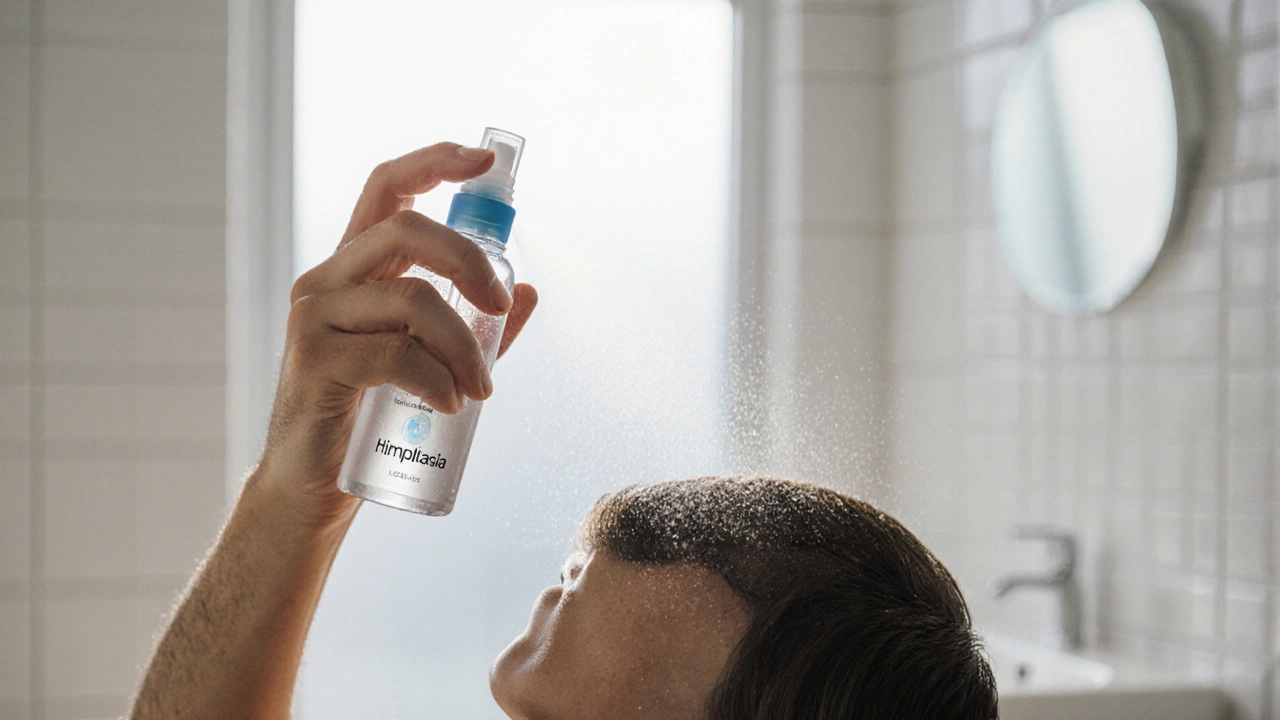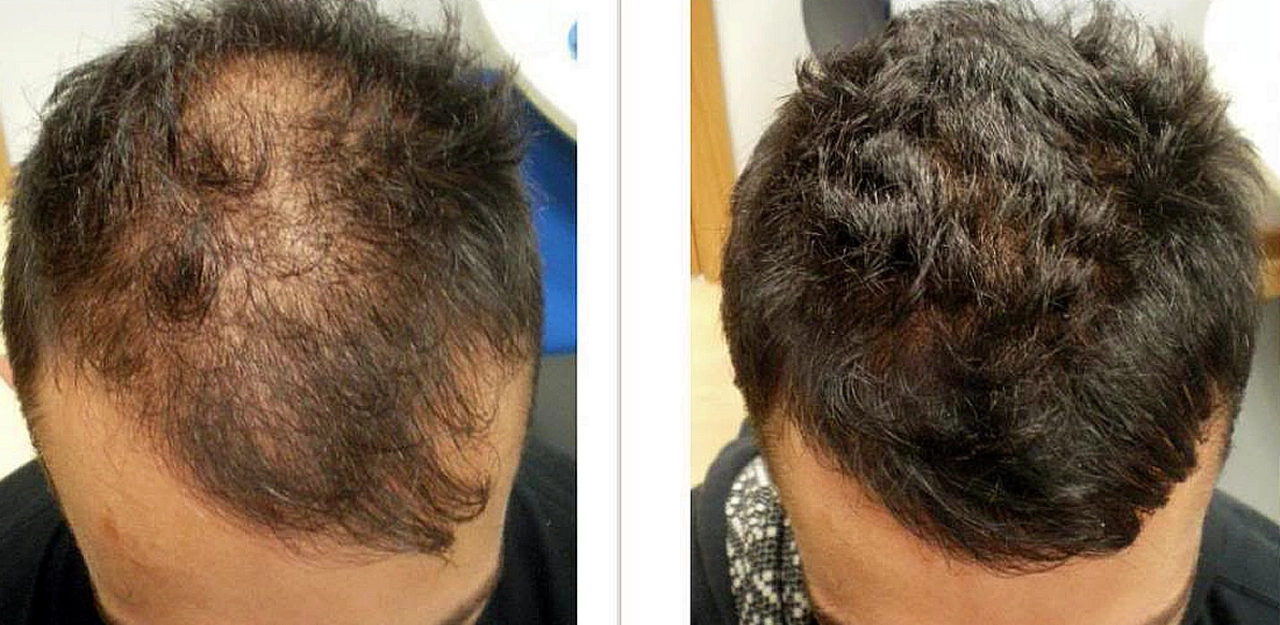Hair Loss and Hair Care: Practical Tips to Keep Your Hair Healthy
If you're losing hair or worrying about thinning, small daily habits can make a big difference. This page focuses on simple, proven steps: gentle cleansing, scalp health, smart styling, and realistic treatment expectations. I’ll keep it practical—no fluff.
First, treat your scalp like skin. Use a mild shampoo two to three times a week if your hair is dry, or every other day if it gets oily. Massage the scalp with fingertips for a minute to boost blood flow before rinsing. Avoid harsh sulfates and heavy silicone products that weigh hair down. After washing, blot hair gently with a towel instead of rubbing—this cuts breakage.
Daily hair care basics
Choose a conditioner meant for your hair type and apply mainly to mid-lengths and ends. Detangle with a wide-tooth comb while conditioner is in—this prevents snaps. Reduce heat styling: let hair air-dry when you can and use a hairdryer on low heat if needed. Trim split ends every 8–12 weeks to keep hair looking thicker.
Protect hair from sun and chlorine. Wear a hat in strong sun and rinse hair after swimming. Consider a leave-in conditioner with UV protection if you’re outdoors a lot. Sleep on a silk or satin pillowcase to reduce friction and morning tangles.
Styling while on treatment
If you’re using treatments like minoxidil and finasteride, styling choices can help you look your best during regrowth. Apply minoxidil as directed and let it dry fully before using styling products. Avoid heavy waxes that can clog follicles and make hair look greasy. Use lightweight mousse or fiber powders to add volume at the roots.
Switch to shorter, layered cuts to create an illusion of density. Experiment with side parts or textured crops to hide thinning areas. Accessories—hats, headbands, and scarves—are low-effort fixes for awkward phases. Remember: styling won't stop hair loss, but it can boost confidence while treatments take effect.
Diet and lifestyle matter. Eat protein-rich foods, omega-3s, and zinc; they support hair structure. Manage stress through sleep, exercise, or simple breathing techniques—stress can speed shedding. If you smoke, quitting improves circulation and hair health.
Expect patience: minoxidil usually shows new hair in 3 to 6 months, with clearer results by 12 months; finasteride can take 6 months for visible slowing of loss. Track progress with photos every month. If you get scalp irritation or rapid shedding when starting a treatment, talk to your doctor—sometimes adjusting dose or switching formulation helps. Devices like low-level laser combs may add benefit for some users, and stay patient.
Watch for warning signs: sudden, patchy loss or scalp inflammation. If those appear, see a dermatologist. They can check for underlying causes and suggest tests or alternative treatments. For most people, combining gentle care with medical options gives the best chance to slow loss and improve appearance.
Need product suggestions or a simple weekly routine? Tell me your hair type and current products, and I’ll give ideas you can try right away.
Himplasia vs Other Hair Loss Treatments: Detailed Comparison

Compare Himplasia with other hair loss treatments. Get a clear breakdown of ingredients, costs, results, and side effects to choose the right option for your needs.
- October 4 2025
- Tony Newman
- 15 Comments
Minoxidilfinasteride and Hair Styling: Tips for Looking Your Best During Treatment

As someone going through Minoxidilfinasteride treatment for hair loss, I know how important it is to maintain our self-confidence during this process. I've gathered some hair styling tips that can help us look our best during treatment. First, using a gentle shampoo and conditioner will help keep our hair healthy and manageable. Second, avoid heat-styling tools as much as possible, as they can cause further damage to our hair. Lastly, experimenting with different hairstyles, like updos or accessories, can help us feel more confident while our hair is growing back.
- May 14 2023
- Tony Newman
- 12 Comments
